We have moved further southwest near Da Re (Darlag), from Maqen towards the badland-borders with Sichuan province, less than one hundred kilometres from Serthar. We’ve arrived to a town that sits squeezed along the Yellow River wedged in between auburn coloured valleys. Our travel thus far has been the moving equivalent of the Russian Doll concept – one doll is opened up to reveal another smaller doll, and so on. In our case it is one small town leading to another smaller community, then onto a village until finally we will be completely embalmed in the open air.
Yet to reach Honkor as things go more slowly than we calculated (although in these areas we are well aware that ‘plans’ are only plans until some other plan is adopted) due to caterpillar fungus collection. Epic battles have been waged between Tibetans over who owns lands and who can access the springtime harvests of caterpillar fungus. We must abide by unwritten codes and land-crossing rules that are difficult and complicated to understand. Certain lands we simply cannot cross, even if these massive spaces appear to belong to the earth itself. While there are no actual laws, to presume anything in these raw and informal lands is a mistake. We must wait for counsel. Travelling over lands that belong to nomadic clans requires permission and this is especially true as fungus-picking season is upon us. The fungus is the one certain income generator many nomads have and one month of work can fill the coffers for the rest of the year. Nomads protect the lands and fungus with something bordering on violent desperation. Our journey and routing through these lands must be carefully considered to prevent offending, or worse.
Another issue is that the old trader who was to come (and still may) and usher us along the Salt Road, is not in good health. Though he is adamant on joining us, his family is genuinely concerned with his health as the entire journey we are set to do will be above 4,000 metres and we will be in lands that are entirely cut off from communication, aid and access routes. If anything happens we are entirely on our own with the possibility of nomadic help. Our old trader’s health is ailing and, though Michael and I do very much want his company along the route, we will not for one moment consider risking his health or causing offence. It may be that all we can achieve is an interview with him and others, but this will be enough. In such cases we simply must ‘hurry up and wait’.
Our morning begins ascending a 4,600 metre mountain heading up the twenty-degree grade to get a view of our intended route. Below, the Yellow River courses through a dozen channels wandering away and then reconvening. The water levels are down but vibrant green currents run deep and strong and the strands of water are visible from above creating white ripples in the sunlight.
Air moves in cold currents up at this altitude and the clean sharp waft of snow filters through the air. In the distance there are the comforting white peaks, which I’ve become attached to making daily eye contact with.
Yaks graze below and speck the horizon – the only dark marks on this sand-coloured earth, and once Michael and I reach the summit our sightlines seem infinite. Looking south-west we can see the valley we will travel through. It bends, widens, bends again and then simply funnels away into the mountain’s wedges. As the distances lengthen, the mind itself is wandering and wondering.
Directly south of us another brutish mountain stands, and is informally known as a wolf gathering point after dusk. Nomads are sure to get their herds of four-legged beast off the mountain long before the skies darken, as it becomes a realm of the ‘junke’ – the wolf.
These lands around us are stained with, and pay great tribute to the fabled King Geysar of Tibetan lore. Known as a unifier of peoples and destroyer of evil his mustached figure seems everywhere at once: on flags, on statuettes, drawn almost as graffiti on walls and spoken about universally as a “great leader”. He apparently was active in the area, destroying some, supporting others and generally rolling over any who opposed his view. Michael and I have admired formidable mustaches on local men that are wide and grand, worn with some genuine pizzazz. Long and black, the mustaches hang down on either sides of the mouth like black handle-bars. Whether in tribute to Geysar or simply because they have the facial hair to manage this feat, it is refreshing to see a bit of panache.
Our plan is to visit a valley where caravans entered into the Yellow Valley watershed in the coming day. Trade routes throughout the Himalayas often followed waterways as at least one essential was a certainty, water. Important for us is not only to see the route, and the people who risked much in traveling it, but also to see the wider landscapes that linked to it. Where we are now, Da Re, though never large, was a stop for caravans of salt heading further northeast.
Water is an important theme along the Tsalam as well, as we will access a remote salt lake that was known primarily by nomads and in the same way that they protect their caterpillar fungus lands, they also protected the salt lake knowing the value of the precious white mineral.
Settled into every valley around here is a story, a tent or herd, and trails line the bases of these valleys. Where these trails meander off to has my mind fluttering off to follow. Perhaps further communities, perhaps other routes and trails, linking ever further outwards like rosary across the mountains.
Tomorrow we head still further west into even more remote regions where communications will (we’ve been told) be impossible.
This may well be our last posting for the coming days, and it is with a bit of happiness that we will finally be deep in the belly of the mountains and route we have come to document. Sadly, we may be unable to communicate in real time our observations, trials and joys. We will try, and at the very least when we do finish our wanderings along the route this blog will be humming with what the senses picked up.
Until then, we send wind-blown wishes. And yes, we are well stocked with two glorious cakes of old tea tree green Puer…so at the very least we can wander aimlessly amidst mountains, wolves and nomads buzzing on tea’s goodness.
I sign off with a local saying about tea’s importance here in the past, “With tea, one can buy a horse, and when one has a horse, one is free”.

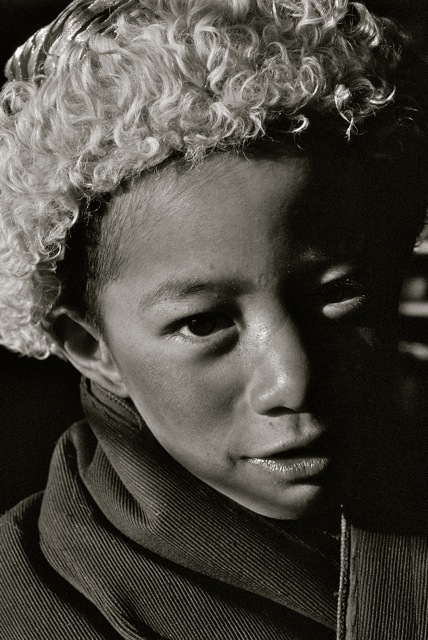


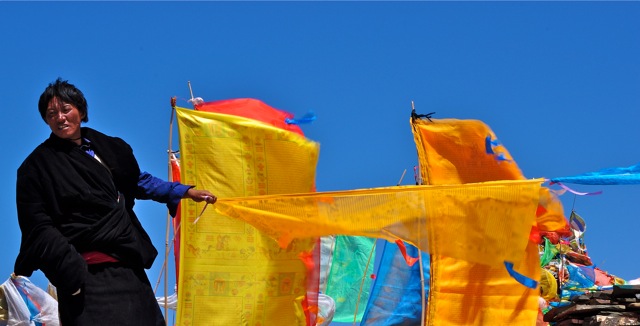

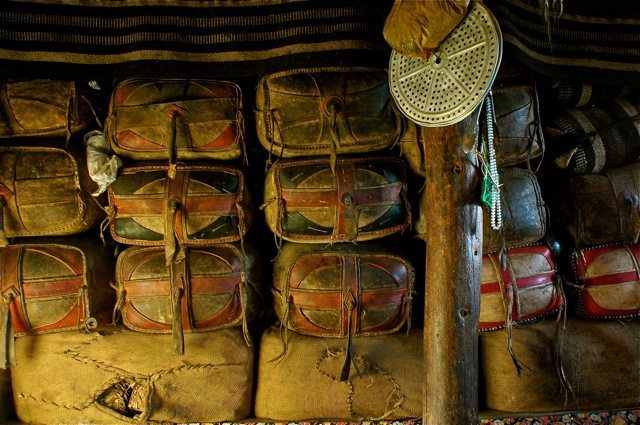
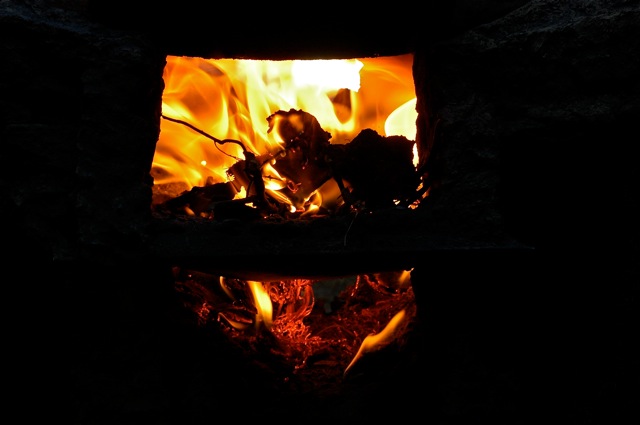
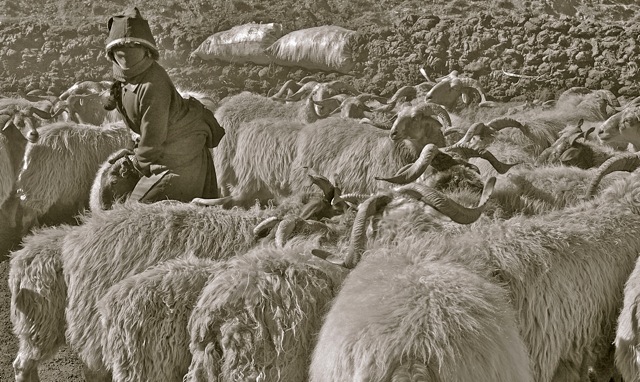


Fascinating narrative, as always Jeff. Stunning photos too. Raise a glass of tea for me along the way, and I’ll do the same for you and Michael. I’m very much looking forward to your accounts whenever you can post again.
My prayers and thoughts are with you both.
Best wishes,
Peter
Jeff;If the old salt trader is to sick to travel would you please not hurry and gather as many stories from him as posssible as these are precious and few are left.
hello there, really good page, and an amazing understanding! one for my book marks.
Excellent article, cool blog design and style, carry on the great work
Pingback: Blog posts from Mei Zhang and others about China travel - WildChina